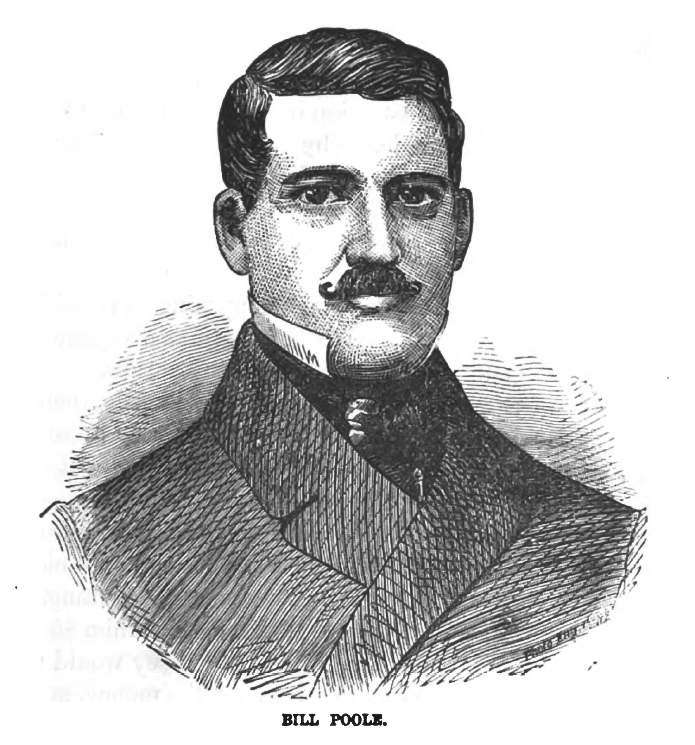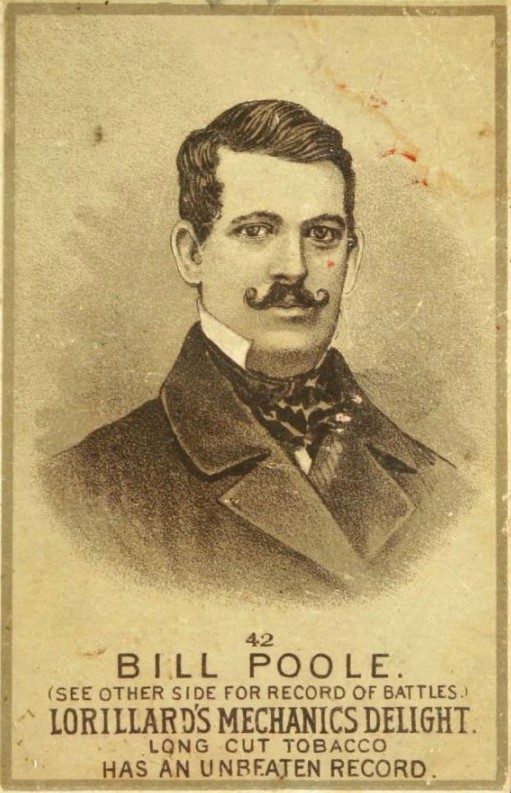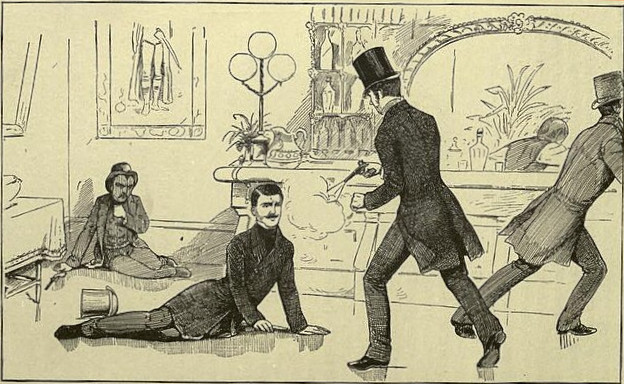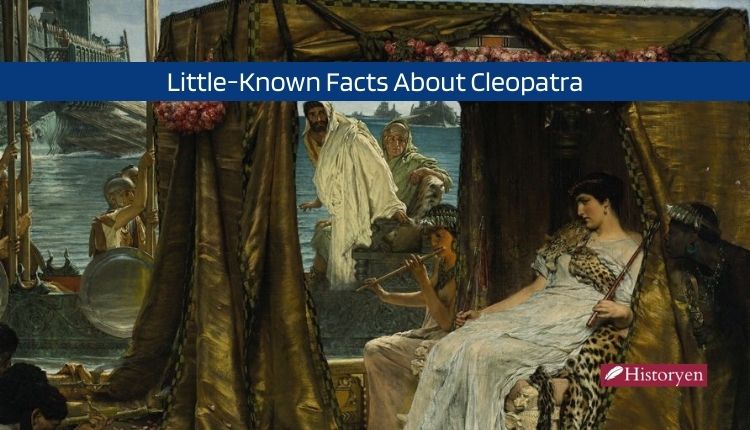In the tumultuous mid-1800s, amidst the vibrant chaos of New York City, a figure emerged, wielding not just knives but also a brutal reputation. William Poole, often misidentified as Bill the Butcher, carved his place in history as one of the most notorious anti-immigrant gangsters, inspiring Martin Scorsese’s iconic character in “Gangs of New York.” However, his violent journey culminated in a tragic end at the age of 33.
The Early Years of Bill the Butcher

Born on July 24, 1821, in northern New Jersey, William Poole was the son of a butcher. At the tender age of 10, his family moved to New York City, where he inherited his father’s trade and eventually took charge of the family shop at the Washington Market in Lower Manhattan.
By the early 1850s, Poole, standing six feet tall and weighing over 200 pounds, became a married man living in Lower Manhattan. His handsome face adorned with a thick mustache belied a tempestuous nature. The New York Times described him as a fighter, ever ready for action when he perceived insults, combining politeness with a haughty and overbearing spirit.
The Rise of an Anti-Immigrant Leader

Poole’s journey took a darker turn as he became a leader of the Bowery Boys, a nativist, anti-Catholic, anti-Irish gang in antebellum Manhattan. Aligned with the xenophobic Know-Nothing political movement, Poole enforced nativist rule at the ballot box, engaging in frequent street fights with Irish rivals, notably the “Dead Rabbits.”
His primary adversary, John “Old Smoke” Morrissey, an Irish-born American and bare-knuckle boxer, epitomized the contrasting political ideologies of the time. Poole and Morrissey, both arrogant and violent, seemed destined for a deadly conflict due to their clashing egos.
The Fateful Encounter
The climax of Poole and Morrissey’s rivalry unfolded in late July 1854 at the City Hotel. A $100 challenge set the stage for a brutal confrontation at the Amos Street docks. Poole’s dirty fighting style, including eye gouging and knife expertise, left Morrissey disfigured and bloodied. The details remain shrouded in conflicting accounts, perpetuating the mystery of that notorious duel.
Murder at the Stanwix: Poole’s Demise

The fatal confrontation didn’t end at the docks. On February 25, 1855, at Stanwix Hall, Morrissey and Poole met again. Guns were drawn, shots were fired, and chaos ensued. In the end, six of Morrissey’s cronies, seeking revenge for past humiliations, unleashed a fatal attack on Poole. The brutal shooting left Poole wounded, and after an agonizing 11 days, he succumbed to his injuries, uttering, “Goodbye boys, I die a true American.”
Legacy and Misrepresentation
Poole’s burial at Green-Wood Cemetery garnered public attention, with nativists viewing him as an honorable martyr. However, the New York Herald’s dry commentary highlighted the contradictions in honoring a man with a contentious past.
Martin Scorsese’s “Gangs of New York” immortalized Poole, although the film diverges from historical facts. Despite inaccuracies, Daniel Day-Lewis’s portrayal captures the essence of the real Bill the Butcher.
Conclusion
William Poole, the butcher turned anti-immigrant gangster, left an indelible mark on 19th-century New York. His life, a turbulent blend of violence and nativism, remains a captivating yet cautionary tale of a bygone era.
FAQs About William Poole
- Was Bill the Butcher a real historical figure?
- Yes, William Poole, also known as Bill the Butcher, was a real historical figure in 19th-century New York.
- What led to the rivalry between Poole and Morrissey?
- The rivalry stemmed from political and ethnic differences, with Poole being an anti-immigrant nativist and Morrissey an Irish-American associated with Tammany Hall.
- How did William Poole meet his end?
- Poole was fatally shot in a saloon by six cronies of John Morrissey, seeking revenge for past conflicts.
- What impact did Poole’s death have on nativist sentiments?
- Poole’s death elevated him to the status of a martyr among nativists, despite his controversial past.
- How accurate is “Gangs of New York” in portraying Bill the Butcher?
- While the film captures the spirit of Bill the Butcher, it deviates from historical facts, altering details like Poole’s age at the time of his death.


